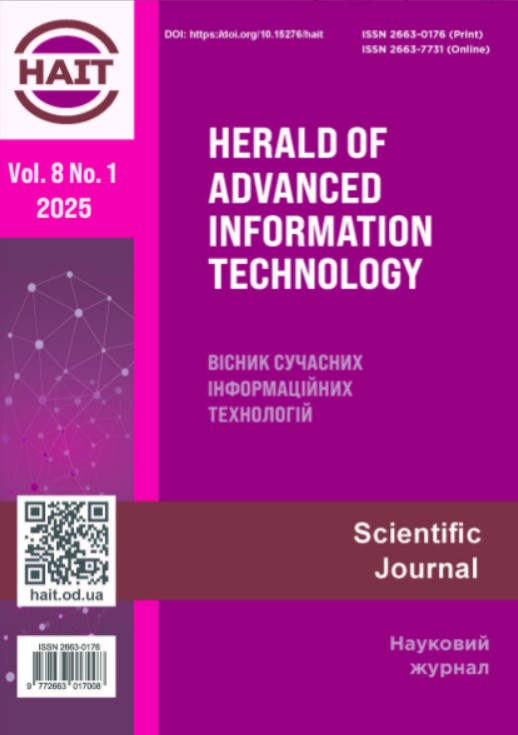Patient location tracking method for virtual escort systems in healthcare facilities
Main Article Content
Abstract
This article proposes a hybrid patient location tracking method for virtual escort systems in healthcare facilities. To ensure the required positioning accuracy and seamless navigation, that are particularly important for individuals with limited mobility, the study introduces a hybrid method that integrates Quick Response code scanning, Bluetooth Low Energy beacons and Wi-Fi-based positioning technology. Each of these technologies fulfills a distinct role within the overall system architecture: Quick Response codes serve as discrete location markers, Bluetooth Low Energy beacons provide continuous proximity-based tracking, and Wi-Fi positioning enhances coverage in open indoor areas. A key aspect of this research is the integration of augmented reality technologies into the proposed hybrid positioning method. The overlay of real-time navigational cues within the user’s field of vision via augmented reality-enabled devices, such as smartphones, enhances the intuitiveness and interactivity of the virtual escort system. This feature is particularly beneficial for individuals with disabilities, as it reduces cognitive load and improves spatial awareness in complex medical environments. The study presents a structural model of the augmented reality-based virtual escort system, comprising six modules: the Quick Response Code Scanning Module, Bluetoorh Low Energy Beacon Module, Wi-Fi Positioning Module, Optimal Route Search Module, Augmented Reality Module and Integration Module. The integration of these components leverages the advantages of each technology while compensating for their individual limitations. Furthermore, an interaction model for system components has been developed, outlining both external and internal information flows as well as the integration logic among the structural elements of the system. The paper also identifies promising directions for future research, including the development of methods, algorithms, and technologies for integrating advanced augmented reality functionalities, personalizing navigation routes using artificial intelligence algorithms, and enhancing the energy efficiency of the system.



